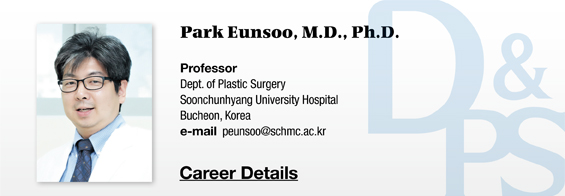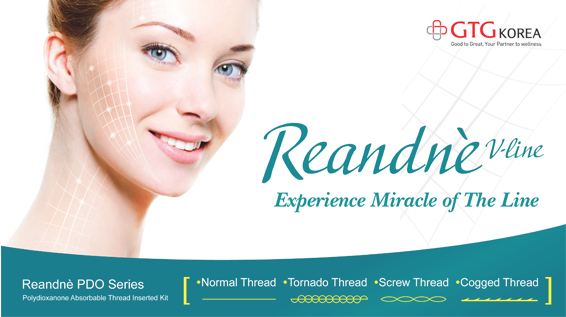Various bacterial colonies exist in a wound so it is very difficult to accurately determine the pathogen. Traditional bacterial culture is still used often as a reference, however, it does not reflect the entirety of bacterial diversity. A recent molecular screening found that only 1% of all bacteria were detected by bacterial culture. Anaerobic bacteria are particularly difficult to detect. However, recent advancements in molecular technology including nucleic acid amplification (NAT), rapid DNA sequencing, and 16S clone library has improved our microbiological understanding of biofilms.
Biofilms Observed in about 60% of Chronic Wounds
Biofilms are observed in less than 10% of acute wounds, whereas they are observed in about 60% of chronic wounds. This means that tackling biofilms is crucial to implementing an effective treatment of chronic wounds. Research is underway on new treatments of biofilms, however, effective remedies are still few and far between. The main hurdles are infection with various bacteria and resistance to the host’s defense mechanism and antibiotics. Various modalities including debridement, negative pressure therapy, topical ointment and sterilized dressing, systemic antibiotics, anti-biofilm agents, and molecular technology are used to reduce biofilm, however, clear benefits are yet to be seen.
Although, not directly intended for biofilms, an important and very basic approach in diabetic foot and bedsores is to dissipate the pressure on the wound. As for diabetic foot, wearing protective shoes can reduce repeated damage, promote recovery and prevent recurrence of ulcer.
Methods of debridement include surgery, autolytic enzymes, mechanical and biological treatments, etc. Surgical debridement, when carried out correctly, can promote wound contraction and reepithalization to reduce bacterial load and accelerate recovery. Biofilms often recur within 24 hours of removal and frequent debridement can effectively destroy biofilms and help wound healing. Recently, high-pressure water stream such as Versajet is used in debridement (hydrosurgery) and is known to effectively remove biofilm. Maggot therapy has also been reported to remove biofilm and prevent formation of new biofilms.
[Advertisement] Reandnè Thread Series – Manufacturer: GTG KOREA(www.gtgkorea.co.kr)
To Help Treatment of Bacteria-infected Wounds
Negative pressure therapy uses a vacuum dressing to promote healing of acute and chronic wounds. There were reports that negative pressure therapy contributes to reduction of biofilms.
-To be continued





















